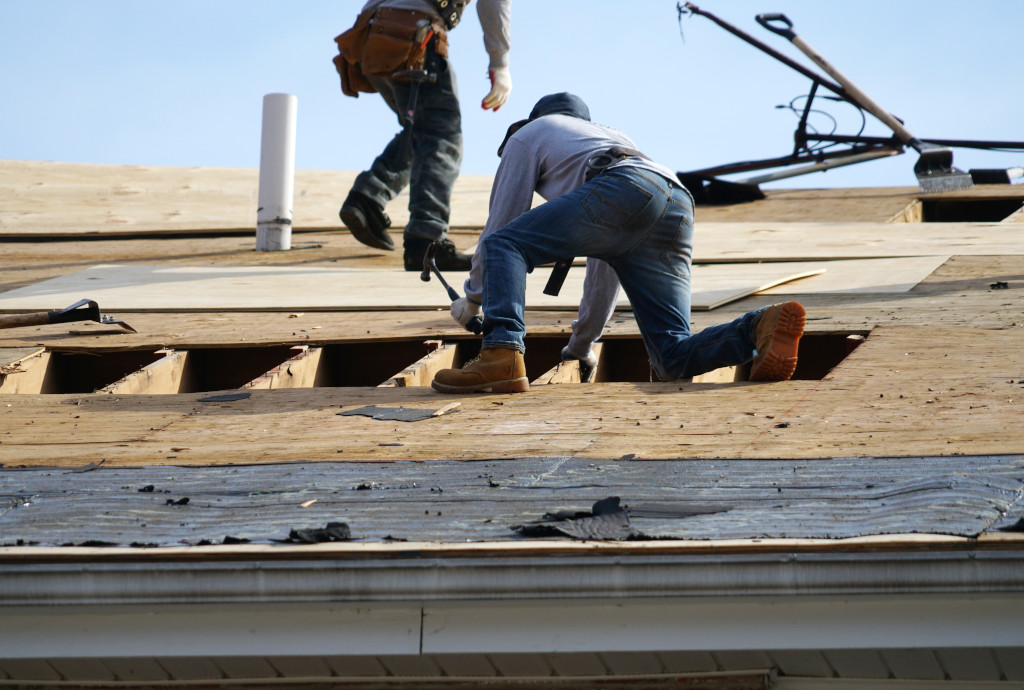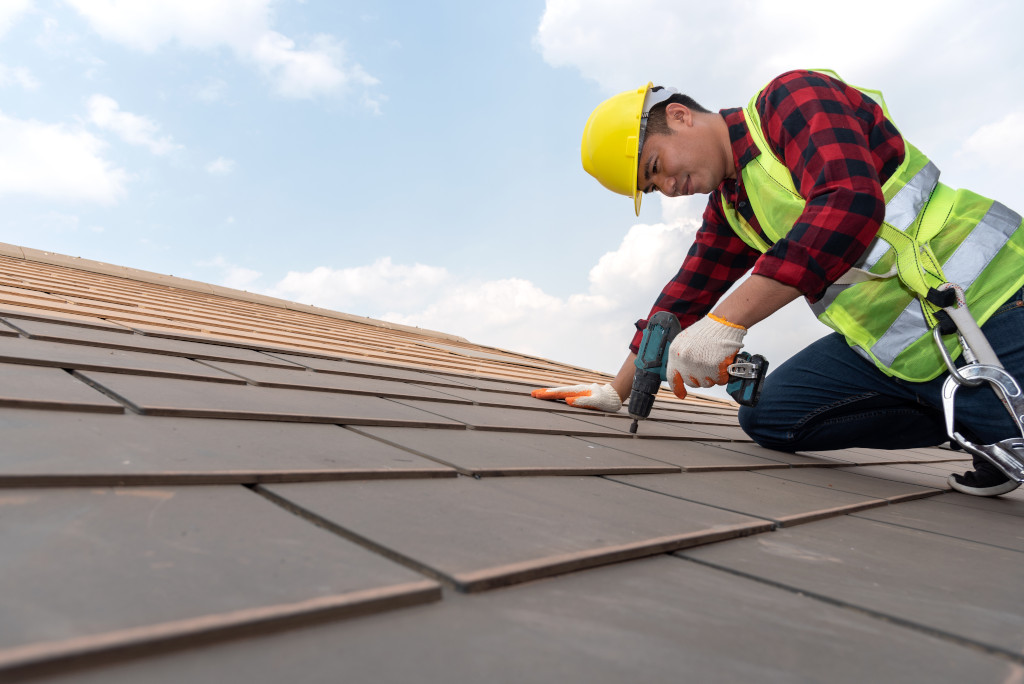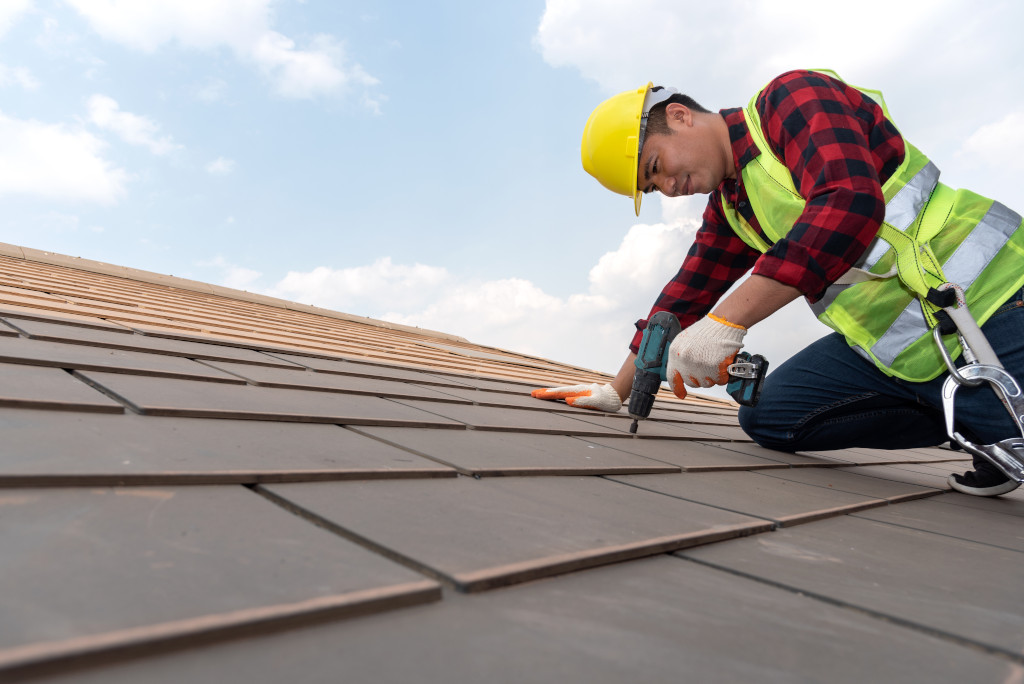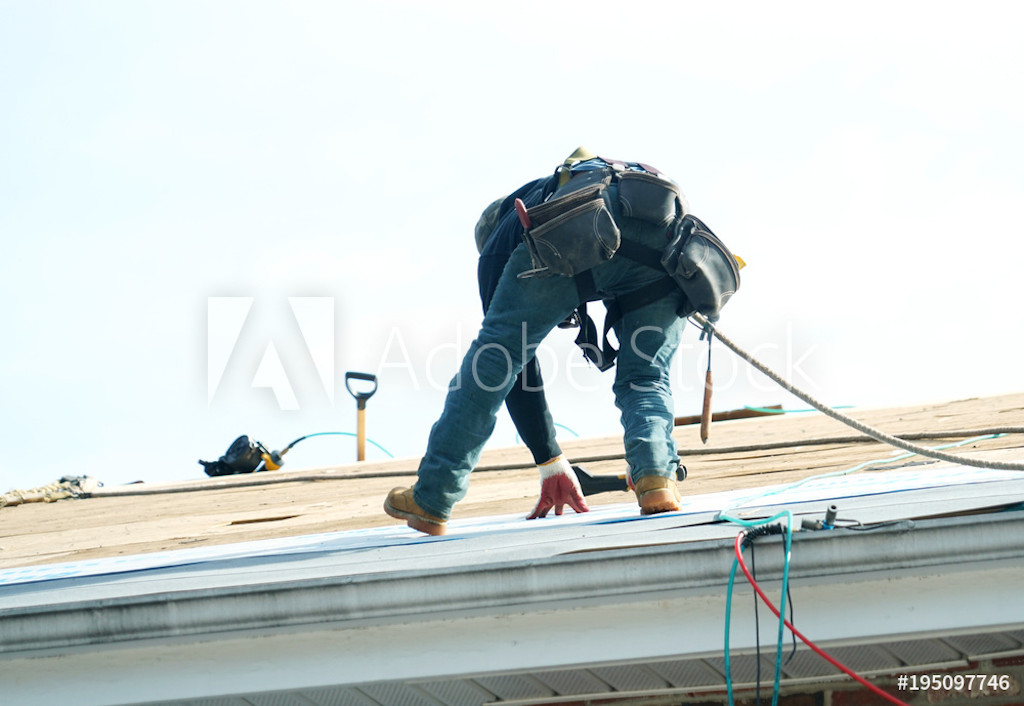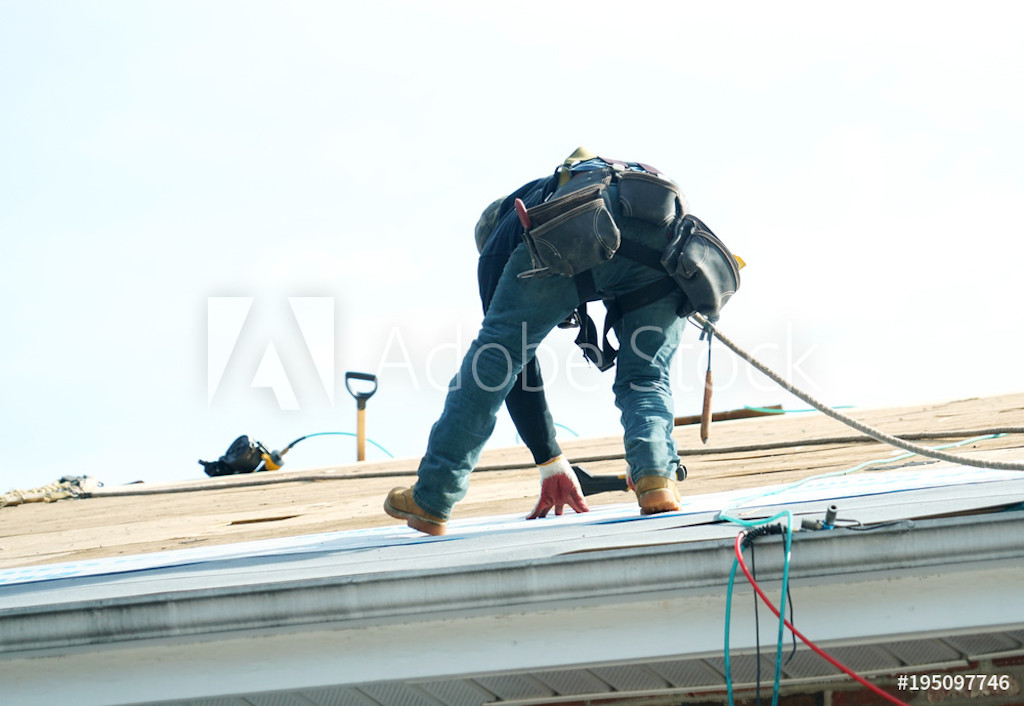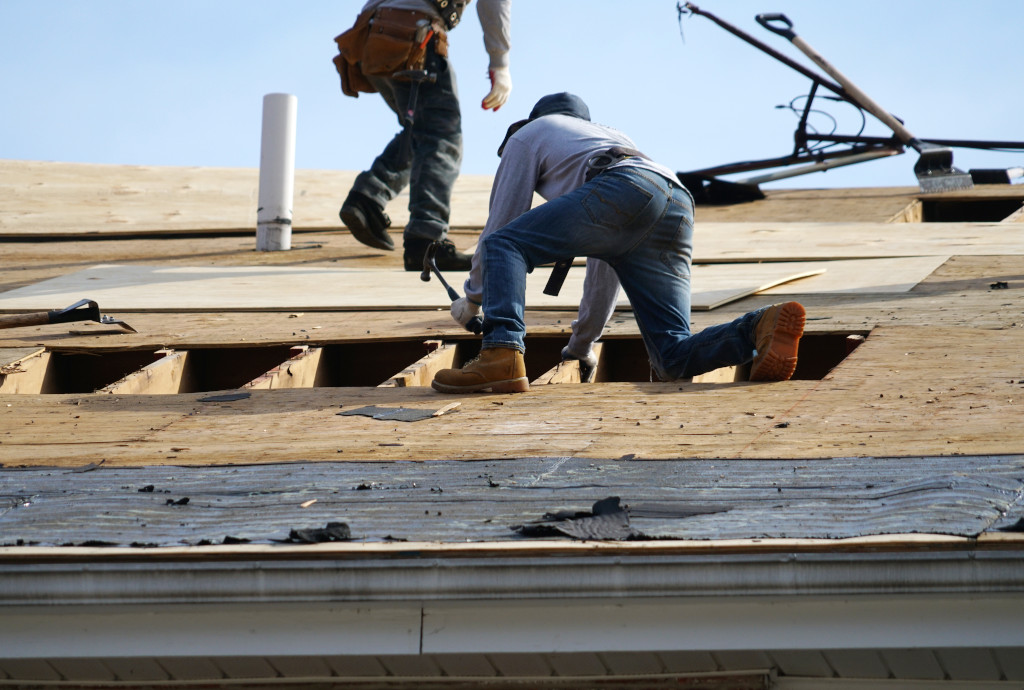
When you need a new roof installed on your home, it’s essential to understand the different components you must select for the job to have the results you desire. One of the most important decisions you must make is the type of roofing shingles you want on your new roof. Roofing shingles are the most common choice of roofing material in the United States due to their relatively long lifespan of 20 to 25 years as well as their affordability.
If you want to make the most informed decision concerning your roofing shingles, it’s crucial to understand their construction and what makes a high-quality roofing shingle. Use the following information to help you narrow down your choices for roofing materials to the option that works best for your property.
Understand the types of roofing shingles
While there are many types of shingles, asphalt shingles continue to be the most popular choice for residential roofing throughout the United States due to their economic viability, overall reliability, and ease of installation. However, there are countless varieties of asphalt shingles that you could select for your roof replacement. It can be difficult to navigate the different options, but your roofing team can help you select a roof shingle material that best suits your property.
Remember, paying more for higher quality roofing shingles may not always yield the return on investment you expect. Some homeowners make the mistake of purchasing expensive roofing shingles that wind up clashing with their neighbors’ homes. This may make the home more unique, but if the homeowner decides to sell, it sticks out among the surrounding houses and may turn off potential buyers.
Know the layers of an asphalt shingle
Asphalt shingles are multilayered materials meant to ensure protection against the elements. Asphalt shingles’ construction has evolved dramatically to provide property owners with better, longer-lasting protection over the years.
Today, the standard asphalt shingle has five layers:
The outermost layer, visible once the shingle is installed, is made of quarried and crushed stone granules. This layer protects the asphalt underneath from the ultraviolet light of the sun. Otherwise, the asphalt would melt and break down. These granules also provide fire resistance.
Under the top layer is a layer of asphalt. The asphalt layers of a roofing shingle provide cushioning from impact forces and help the shingles resist the force of hail and other debris landing on the roof.
The center layer is a mat core that provides flexibility and more durability. Most asphalt shingles contain fiberglass mat cores. This fiberglass layer is the first component used in the manufacturing of asphalt shingles. The fiberglass core becomes coated with asphalt that adheres to the fibers, creating a more stable surface for the granules on top and the sealant layer below. Beneath the central mat core layer is another layer of asphalt. When the fiberglass mat passes through molten asphalt, the asphalt essentially sandwiches the fiberglass inside it to keep the entire shingle together.
The lowest layer that rests against the roof bed’s surface is the sealant that keeps the asphalt shingle firmly in place once arranged with the rest of the shingles. While roofing shingles require nails to stay attached to the roof bed, the sealant layer allows the asphalt shingles to overlap seamlessly and prevent water from intruding beneath the shingle layer.
It’s possible to find asphalt shingles with many other types of construction, but this five-layer model is the standard for most asphalt shingles. Most residential roofs use three-tab asphalt shingles that ensure quick and easy installation while making it easy to maintain visual appeal. Staggering these tabbed shingles means a significantly faster roof replacement job in most cases.
cknowledge the value of asphalt shingles
There are many different roofing materials available on the market today. While many homeowners invest in composite tile roofs and metal roofs, asphalt shingles continue to be the most popular choice for roofing materials in the United States, thanks to their fantastic overall quality and value.
If you are planning a roof replacement in the near future and want to take advantage of the practical benefits of asphalt shingles, pay close attention to the types of shingles your roofer offers, and don’t be afraid to ask questions to determine which type of shingles would offer the most value for your home. Mr. Roof has years of experience providing professional asphalt shingle roof installations, replacements, and repairs. Contact us today for more information about the asphalt roofing shingle products we offer, and we will be happy to help you clarify your options.
The post The Anatomy of a Roofing Shingle appeared first on Mr Roof.
